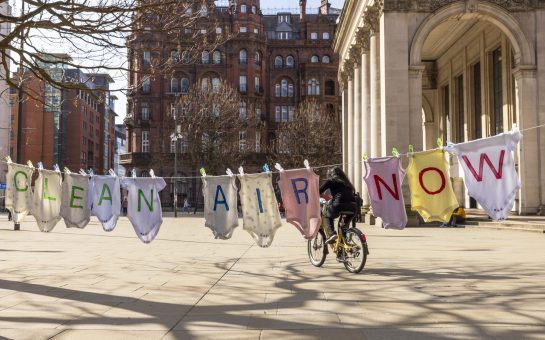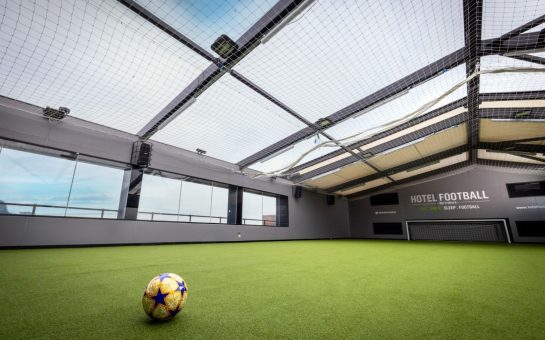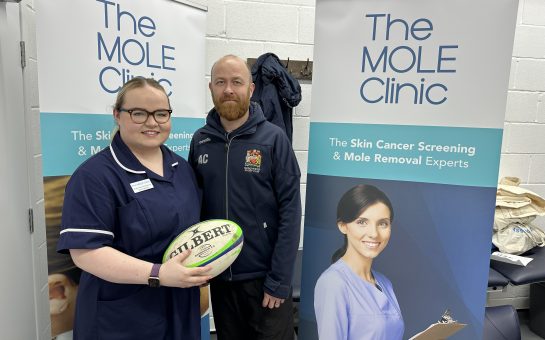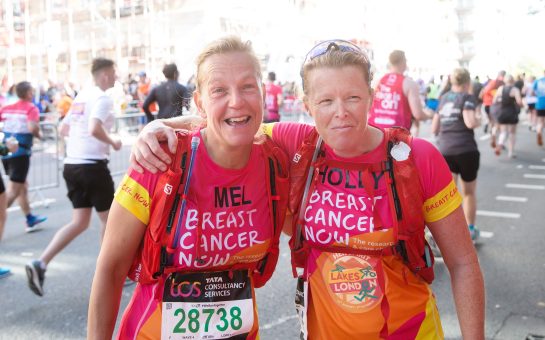This Sunday sees the 17th edition of the Great Manchester Run take place – an event which is now firmly ingrained as one of the city’s annual sporting highlights.
Over 30,000 people will take to the streets of Manchester and Salford in what is the third-largest mass participation running event in the UK behind the London Marathon and the Great North Run.
From its Portland Street start, the 10k route takes participants out of the city towards Salford Quays, passing Old Trafford and the Imperial War Museum before heading back towards the traditional finish line under the Beetham Tower.
Since the inaugural event in 2003, famous names to have participated include Ethiopian legend Haile Gebrselassie – the five-time winner – and his compatriot Tirunesh Dibaba, who last year won her fifth Manchester 10k in six years.
Meanwhile, Sir Mo Farah became the first British winner of the men’s event in 2018, before moving his focus fully to the marathon distance.
The last couple of years have also seen a new addition to the weekend in the form of a half marathon which returns on Sunday morning before the 10k waves start after noon.

HOME STRAIGHT: Runners will head towards the finish line on Deansgate
Spring Training: Five top tips for fair-weather runners
With Spring upon us, warmer temperatures and more daylight hours to enjoy, it’s the perfect opportunity for keen fair-weather runners to head out the door and pick up the miles.
Whether you’re an experienced runner, training for the first time or you’re wanting to be more active as a family, it’s important to listen to your body. If you follow the right training plans and make time for the right treatments it can help you push your limits and be unstoppable.
Simplyhealth is encouraging people to become more active through its title partnership of the Simplyhealth Great Run Series.
Here, Physiotherapist Paul Noble from BWT, speaking on behalf of Simplyhealth, explains his top tips for runners transitioning from indoor winter training to the great outdoors.
1. Prepare your body indoors before you hit the road
Preparing your body for outdoor running is crucial. Whilst training on a treadmill may be a superb way of maintaining fitness throughout winter, it can be limited in the number of muscles it works.
Running outside is more demanding on the body. Added features such as corners, hills and tree roots increase the strain on muscles. For example, when running up a hill the ‘push off’ muscles (calf and Achilles) take between 6-8 times your body weight, every time you hit the ground.
Ease the transition by using the treadmill with inclines and various speeds, in order to mirror the discrepancies of running outdoors. Another useful exercise is to do drop down exercises or calf raises off a step, further preparing the ‘push off’ muscles for less predictable terrain.
2. Don’t do too much too soon
Although it’s human nature to want to push yourself, it’s sadly the number one cause of injury in runners as people attempt to do too much too soon.
Research is very clear on training volume and intensity, as well as acclimatising yourself to the increased load of running. By pushing your body too far, the muscle tissue – whether it be the Achilles, tendons around the knee, or the calf – begins to fail because it doesn’t have the capacity to deal with the load it’s being put under.
A golden rule is to increase your running volume by no more than 10% per week. Increasing your training volume by any more than that greatly increases the probability of an injury. For example, if you’re running 20km a week, you wouldn’t want to suddenly double that. Instead, you would slowly increase your mileage by 2km a week.
3. Watch the weather forecast!
Temperature is the first major difference between indoor and outdoor running. Running through spring and into the summer months will see the temperature increase and with it, so will your rate of exertion.
Higher temperatures will mean you’ll sweat more and lose more electrolytes, so it’s important to replenish them with drinks and electrolyte tablets, before, during and after your run.
Headwind speed is also often overlooked but plays a huge part in the level of effort you will have to put into your run. For example, running into a 5mph headwind will require 0.7% more effort than running inside. Up the headwind speed to 30mph and you’ll need a whopping 25.8% increase in effort.
This should be considered when comparing running times. External factors such as the weather make running outside more difficult than inside, so manage your expectations.
4. Have running shoes right for you
Although it is cliché for a bad worker to blame their tools, having the wrong running shoes can lead to poorer performance and worse, injury.
I always advise that runners need trainers that are comfortable and easy to run in. There’s a difference however in running shoes which may be suitable for a treadmill and running in the same shoes outside.
I always suggest that once you’ve found a suitable running shoe, buy two pairs. The average life of a running shoe is 350 to 550 miles (depending on your weight) but rotating your trainers will ease the natural wear and tear and in turn help prevent injury by having running shoes that can no longer withstand the outdoors.
5. Seek out a specialist
Around 60% of recreational runners will get some sort of running based injury per year but one in two of those are recurrent injuries.
In order to minimise the risk of injury I always suggest runners undergo a full-body gait analysis. This involves looking at the whole body during running, addressing where your hips drop, if they turn in, if you’re over striding, where your cadence may lie, etc. The analysis looks at your style of running and whether it’s contributing to an injury or running inefficiency, followed by advice on where to make changes.
I also recommend runners to have regular sports massages, especially if you begin to start feeling muscles tighten up during training or after a run. Having a sports massage is like pressing the reset button, taking all aches, pains and tight bands of muscle away so you’re less likely to get injured.
Simplyhealth are supporting runners and their families every step of the way with the Simplyhealth Active Plan. For more information visit www.simplyhealth.co.uk/health-plans/active



